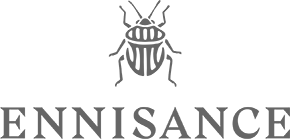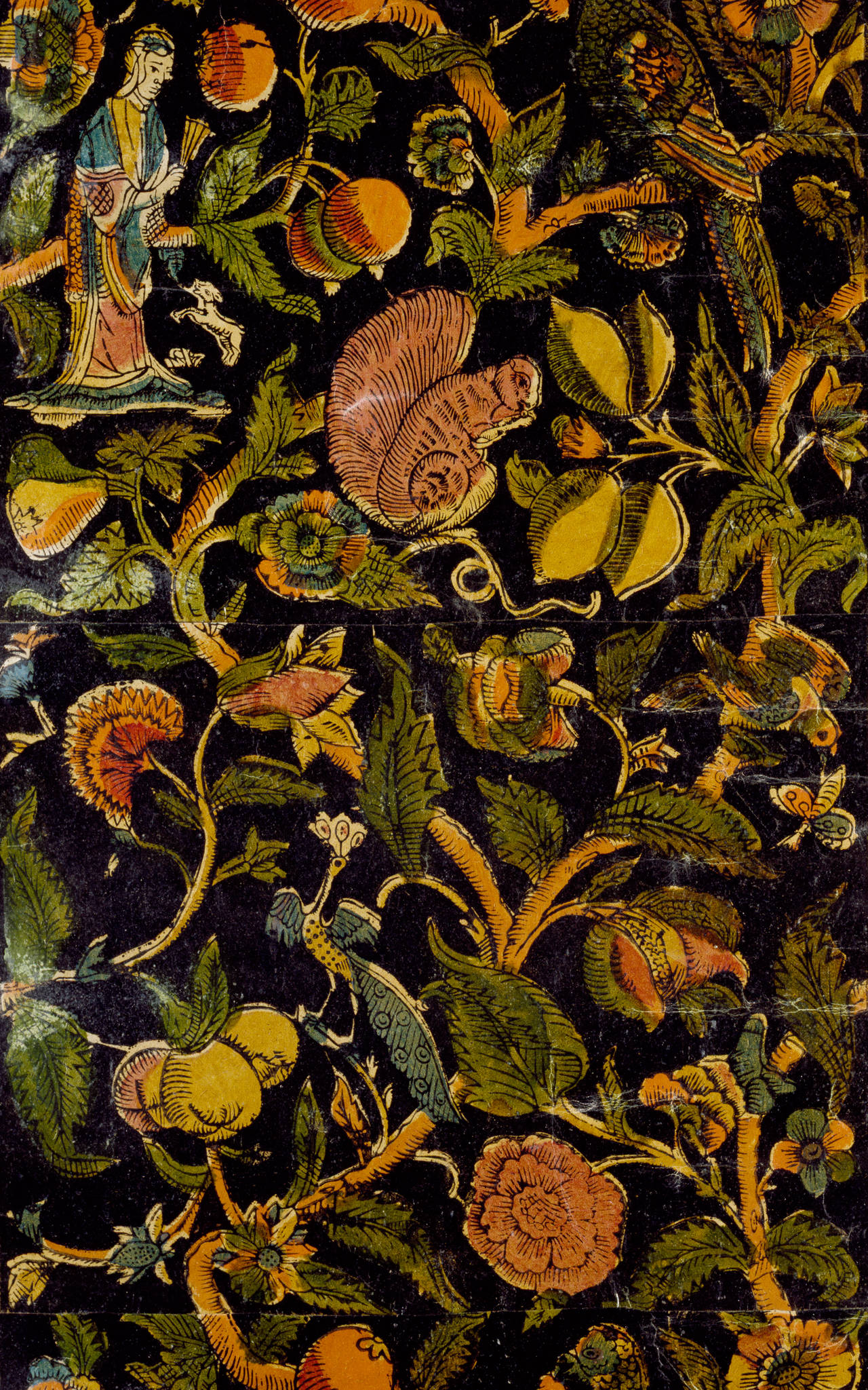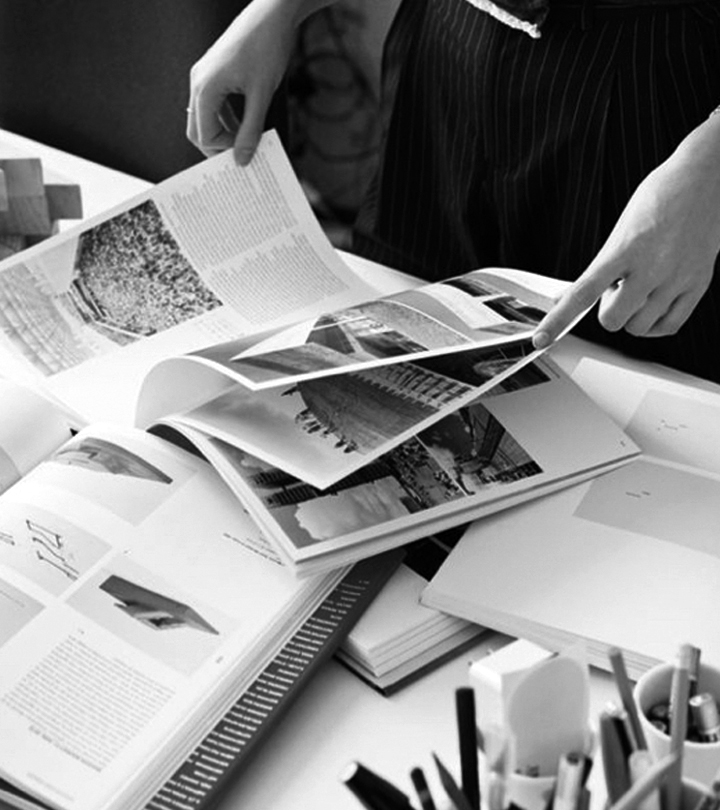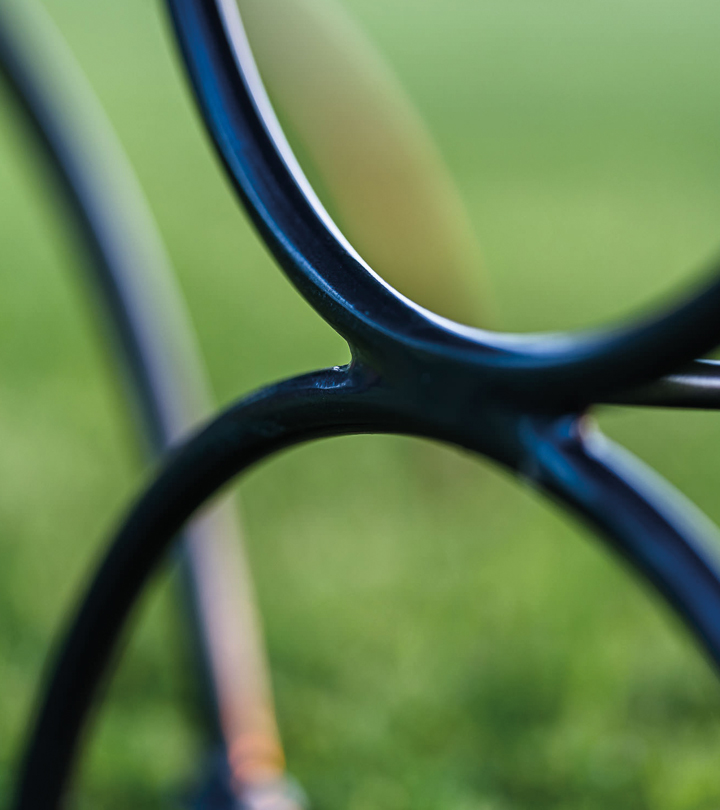Welcome to a Sanctuary of Textiles
For as long as I can remember, I have harbored a profound love for opulent textiles. My memories are filled with vivid recollections of intricate fabrics and color combinations spanning many years. In time, that love grew into passion that has been a big part of my life not only through my work.
Thus, when I discovered an old silk weaving factory along the canals of Venice a few years ago, it was love at first sight. The name of the factory, Tessiture Luigi Bevilacqua, holds a storied legacy in the history of textile weaving, being one of the oldest luxury textile companies in the world.
We are delighted to present a limited collection of cushions, showcasing the stunning craftsmanship of this historic establishment.

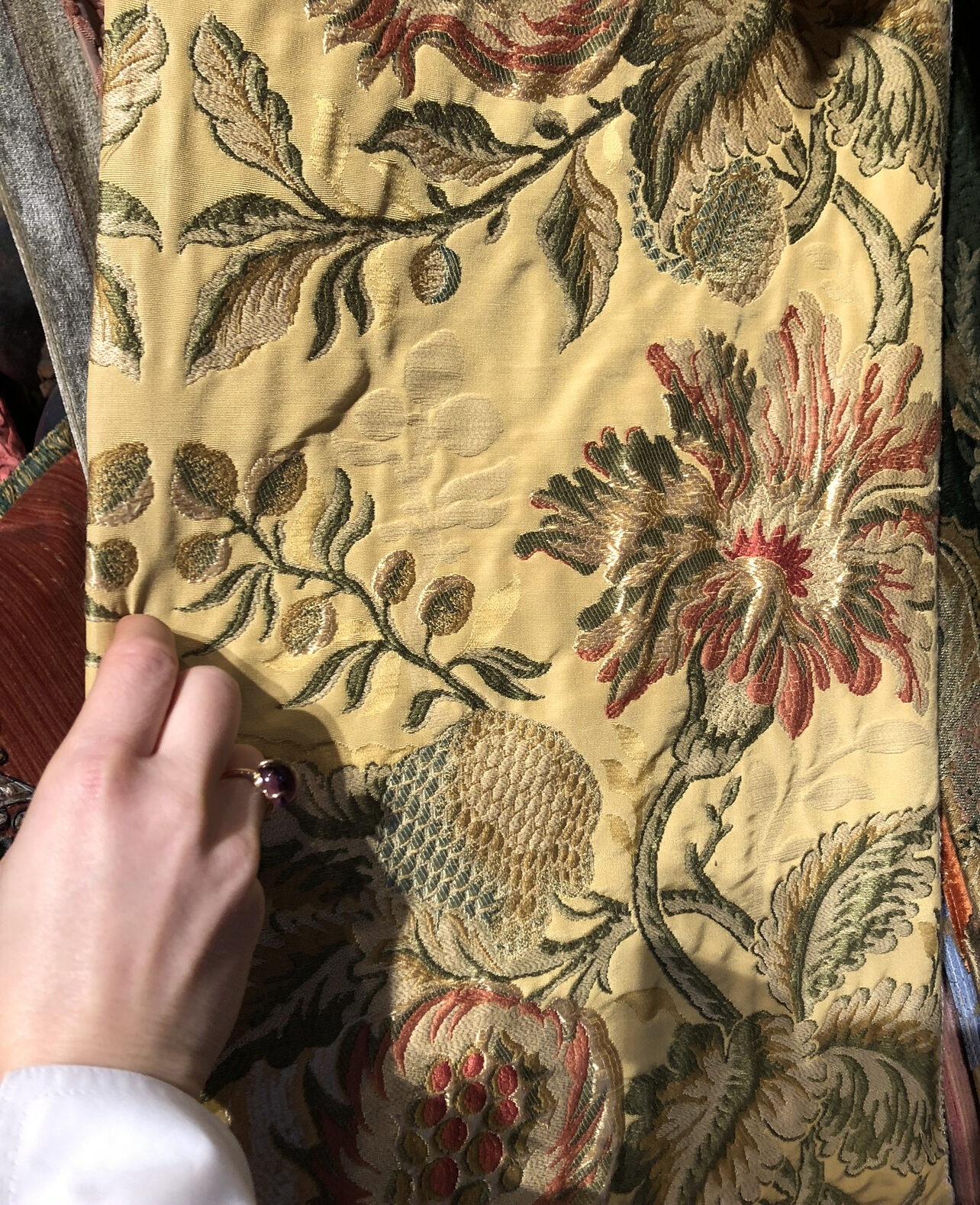
The Legandary Iris Apfel, enveloped by an array of Luigi Bevilacqua animal patterns. The iconic cut velvet pattern “Tigre,” displayed on the stool beside her, was reimagined for automated production by her company, “The Old World Weavers,” in the US during the 1960s. Iris Apfel was also the mastermind behind the famous decoration of Kennedy White House together with Jackie Kennedy.
